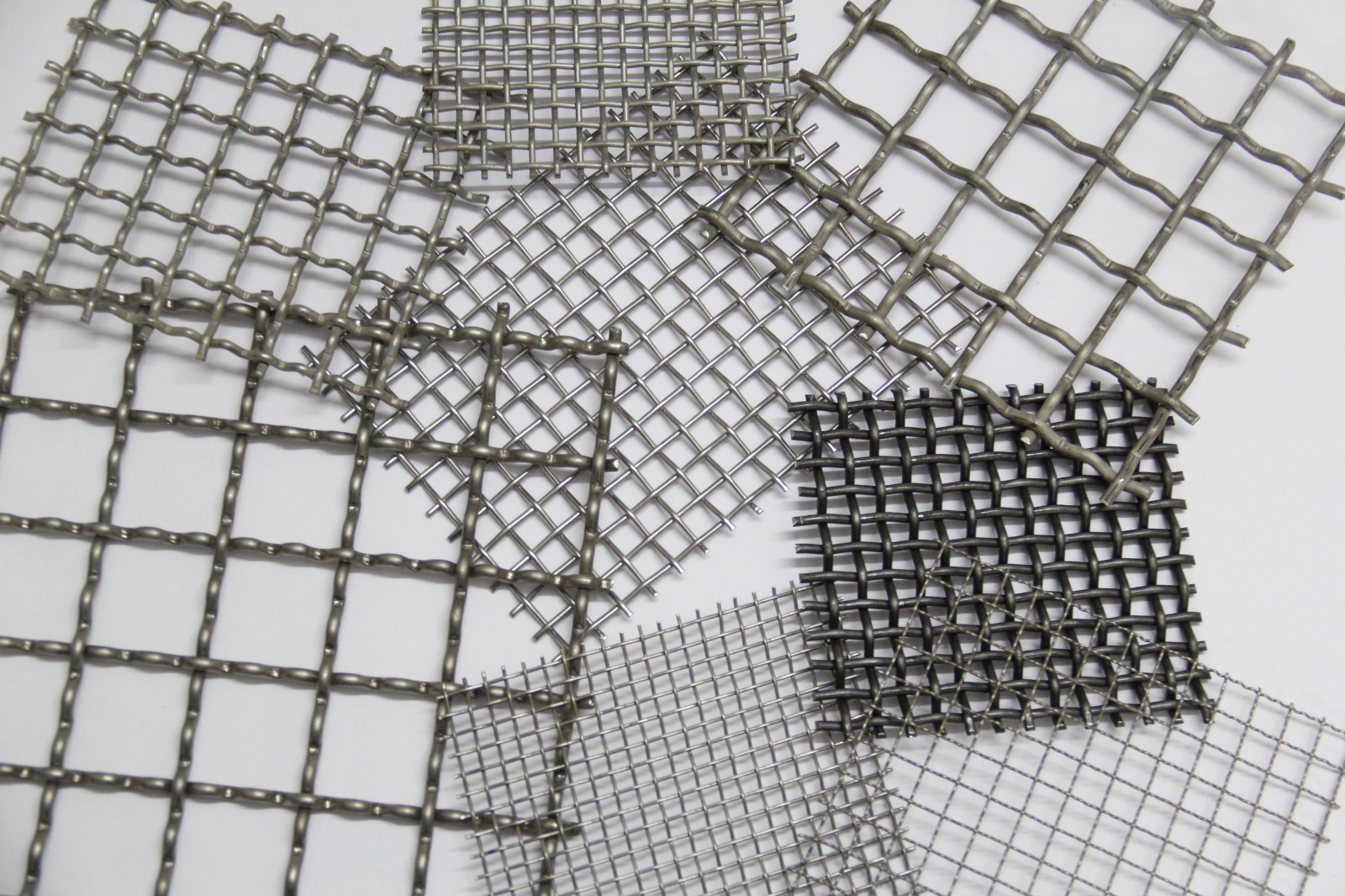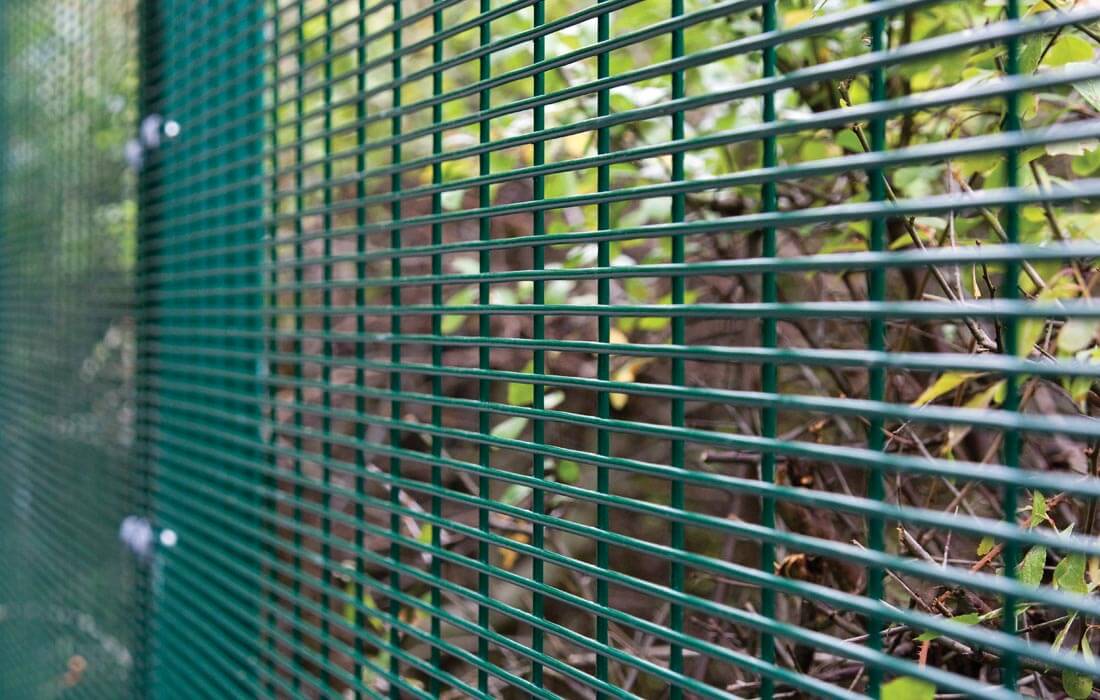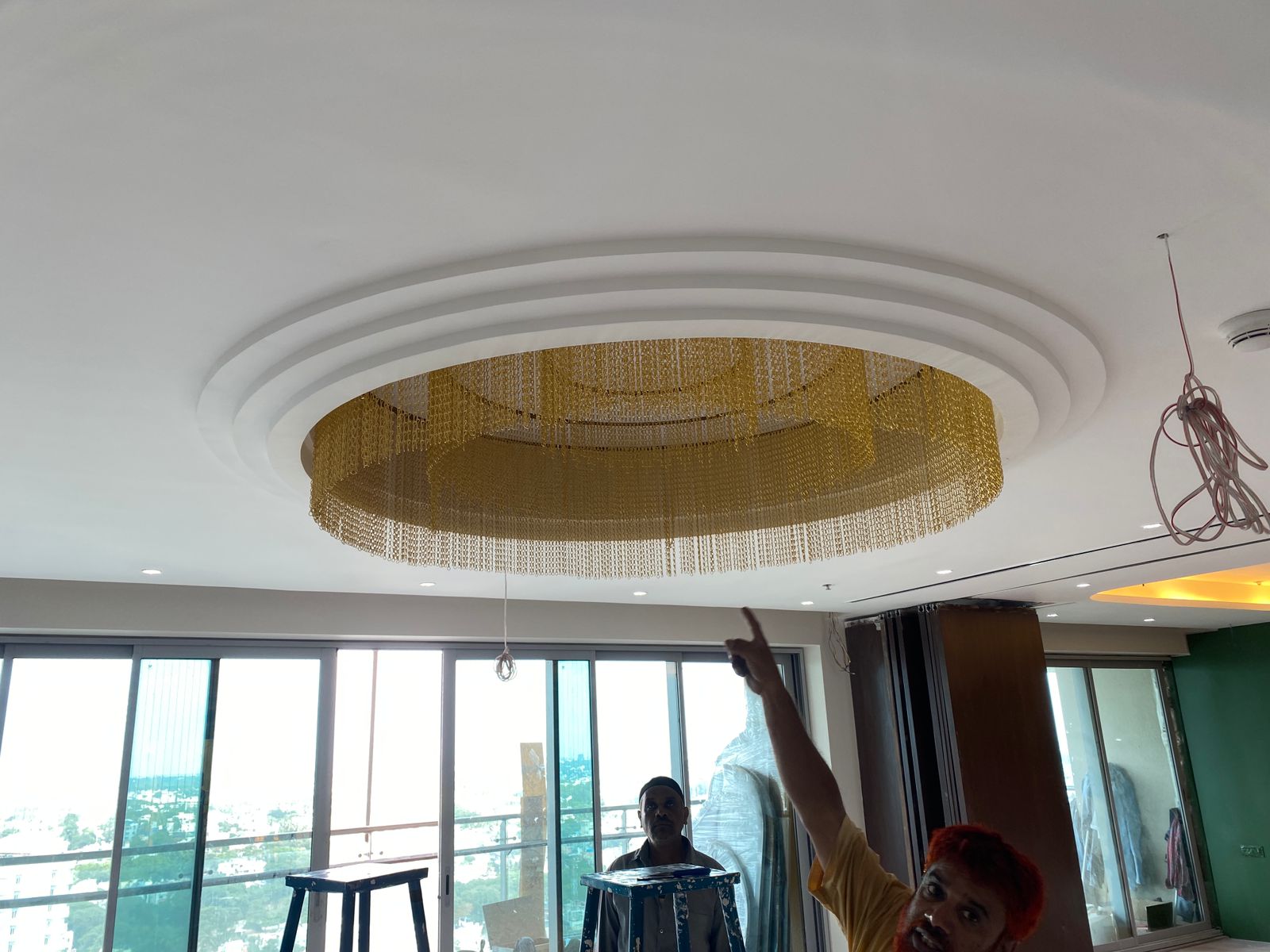Introduction
As architecture continues to evolve toward innovation, sustainability, and dynamic aesthetics, architectural mesh has emerged as one of the most transformative materials in façade design. In 2026, the use of metal and fabric mesh systems is not only redefining how buildings look but also how they perform — merging art, engineering, and environmental intelligence. Whether used for commercial complexes, hospitality spaces, or public infrastructure, architectural mesh trends in 2026 emphasize lightweight strength, sustainability, and aesthetic versatility.
1. Sustainable and Eco-Friendly Mesh Materials
Sustainability remains at the core of modern architecture trends, and 2026 brings a stronger push for eco-conscious materials. Recyclable metals such as stainless steel and aluminum, along with high-performance polymers, are being designed for minimal environmental impact.
Mesh facades naturally support passive cooling, natural ventilation, and daylight control, reducing the building’s reliance on artificial systems — an essential aspect of green building certification and energy efficiency goals.
2. Smart Facades with Integrated Lighting & Digital Display
The fusion of technology and design is taking mesh architecture to new dimensions. LED-integrated mesh panels and interactive digital facades are transforming buildings into living, breathing art forms.
In 2026, we’ll see more projects adopting media mesh — façades that display dynamic graphics, brand visuals, or subtle light transitions that respond to time, movement, or environmental conditions.
3. 3D & Parametric Mesh Designs
Architectural mesh is no longer limited to flat surfaces. With 3D fabrication technologies and parametric design tools, designers can now create sculptural, organic, and multi-layered facades.
Curved mesh panels, wave-like ceiling structures, and dynamic modular systems allow architects to combine form and functionality seamlessly — offering shading, airflow, and artistic expression in one cohesive system.
4. Translucent and Layered Visual Effects
The beauty of mesh lies in its transparency and depth. Designers in 2026 are exploring layered mesh systems that shift appearances throughout the day — changing from opaque to translucent depending on light and viewing angles.
This creates visual dynamism while allowing daylight to filter through interiors, enhancing comfort and ambience in commercial and institutional spaces.
5. Adaptive Reuse and Retrofitting with Mesh
As adaptive reuse becomes a central architectural philosophy, mesh façades are being used to breathe new life into old structures.
They provide a modern, lightweight skin that updates a building’s visual identity without extensive demolition. This approach aligns with sustainable development goals while preserving the building’s original framework — a cost-effective and aesthetic solution for urban renewal.
6. Interior Integration: Mesh Beyond the Exterior
The use of architectural mesh is expanding from exteriors to interior applications. In 2026, we’ll see more mesh ceilings, partitions, and lighting integrations that add texture and transparency to spaces.
In hospitality, healthcare, and retail environments, mesh contributes to acoustics, airflow, and ambiance, while offering endless customization in finish and color.
7. Fire Safety, Durability, and Performance
With advancements in coatings and material engineering, modern mesh systems now offer fire resistance, corrosion protection, and long-term durability.
For large-scale projects — airports, hospitals, and commercial hubs — this reliability ensures safety without compromising on design.
8. Customization & Aesthetic Freedom
From metallic finishes and powder coatings to printed mesh with patterns or branding, 2026 highlights a trend toward personalization.
Architects and developers can tailor mesh color, texture, and perforation density to complement project themes — from minimalist urban tones to bold corporate identities.
Conclusion
As we move further into Architectural mesh trends 2026 continues to prove that façades can be both beautiful and intelligent. Combining sustainability, technology, and artistry, mesh design represents the next chapter in modern architecture — where every surface performs, every detail inspires, and every façade tells a story.


